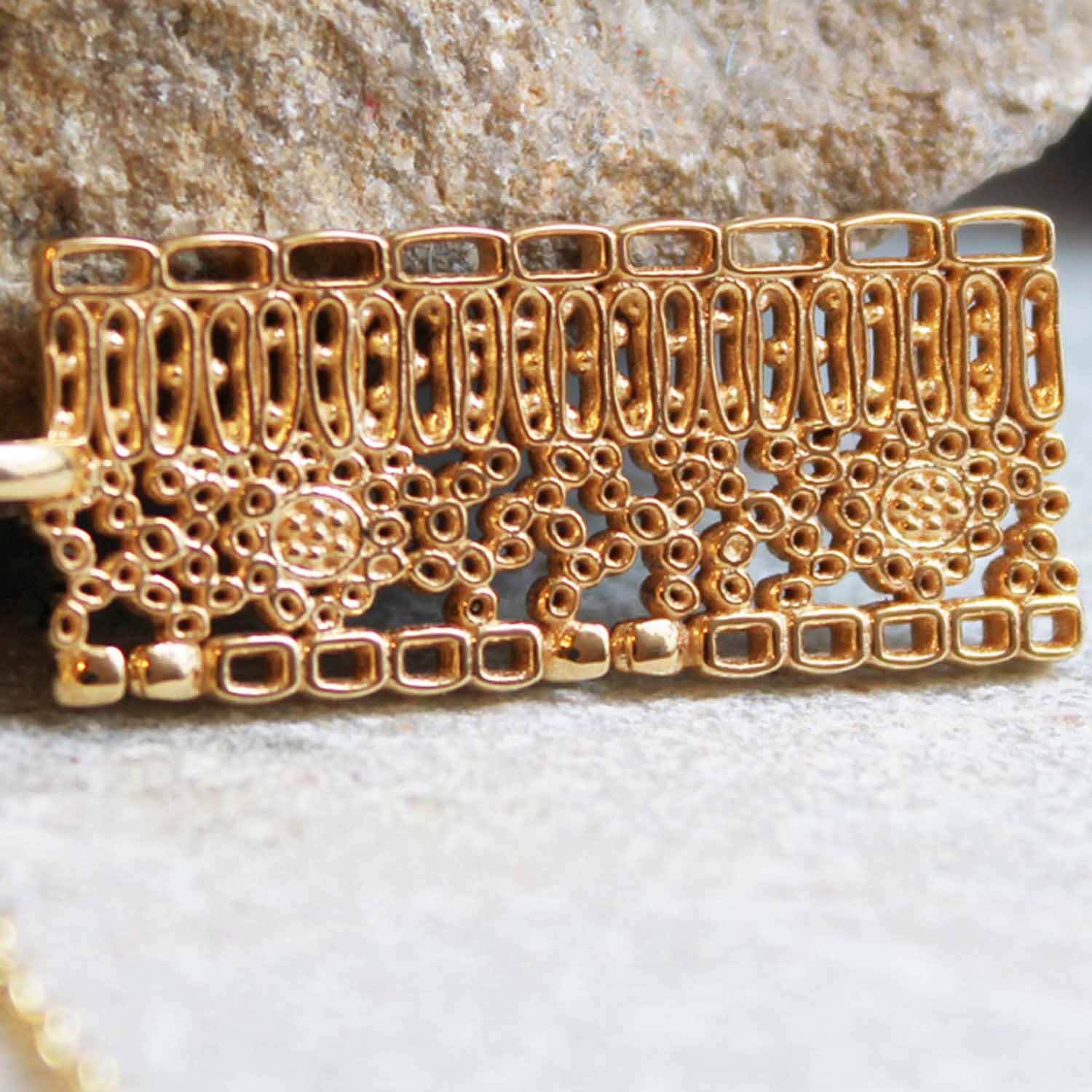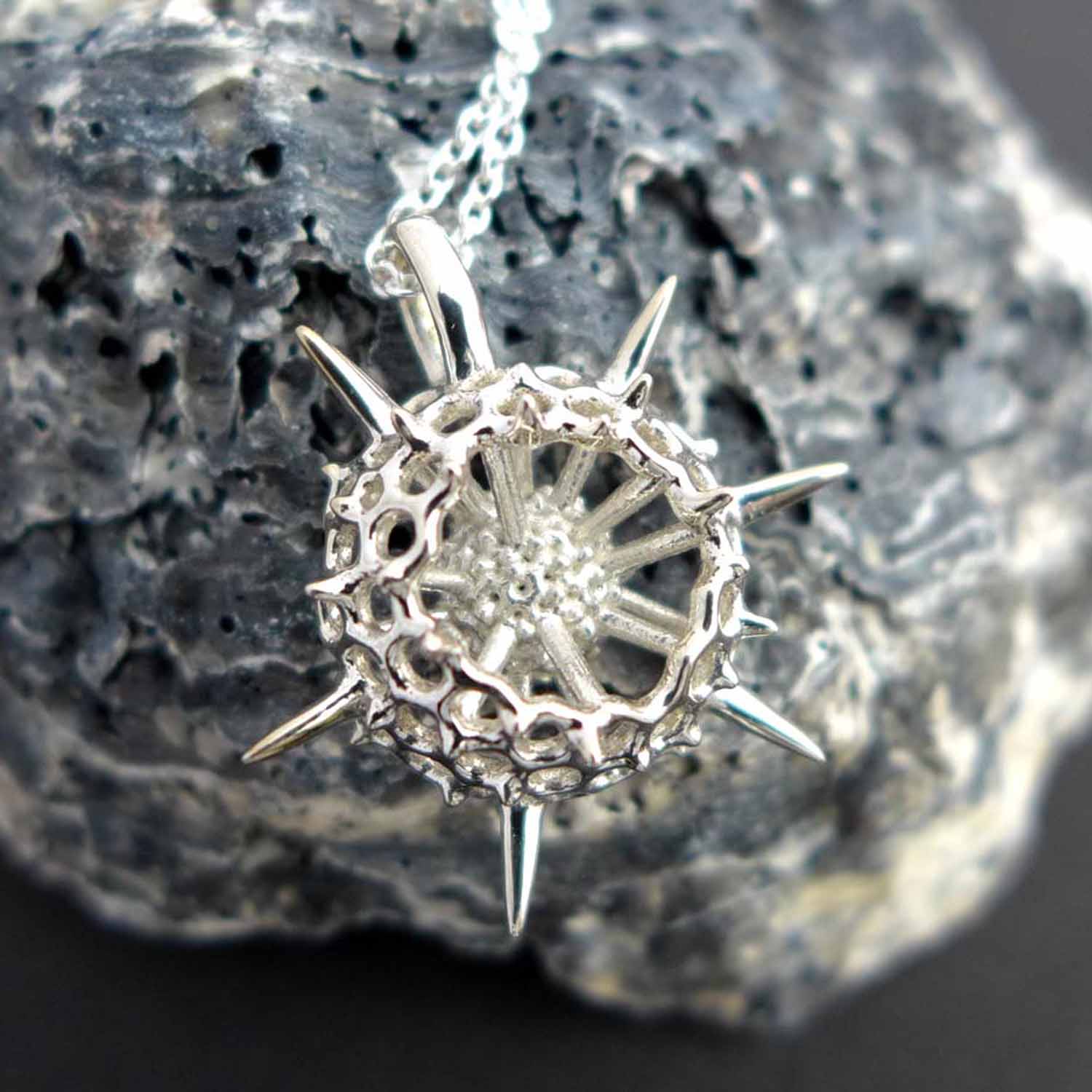Out of Africa and into the lab: how Xenopus became a model organism
Has it ever struck you as odd that a globose clawed frog from Africa became the darling of developmental biologists in Europe and North America? Most model organisms have originated from mundane organisms living not far from the laboratory itself. Fruit flies? Anyone who has let a piece of fruit go bad in their kitchen has batted away a cloud of them. Arabidopsis? It can be found growing in a crack in the sidewalk. Saccharomyces? You probably have some little packets of baker's yeast chilling in your fridge. But Xenopus, a predacious, cannibalistic and toxic frog from sub-Saharan Africa, didn't just hop into the lab one day. How it joined the model organism club is a bizarre story encompassing not just science but religion, politics, and pregnancy.
Model organisms are a group of species studied by scientists under the assumption that certain biological activities are conserved among species. To make the scientific pursuit simpler, not every species under the sun can be a model organism. Qualifications of a good model organism are:
- ease of growth and maintenance in the laboratory
- short generation time so that experiments can be replicated quickly
- genetically manipulable to determine gene function
- availablility of genetic resources and genomic data
- accessibility to scientists
It's this last characteristic that should have precluded the use of an African frog in Great Britain, Europe and North America...but it didn't.

Early amphibian embryologists in Europe and North America used local species. In the late 19th century, garden variety pond frogs (Rana spp.) were collected for scientific research. By the early 20th century, researchers employed native newts and salamanders. Xenopus was not unknown during this time, but it was more of an exotic museum piece than a scientific workhorse. It was first described and illustrated by French naturalist François Marie Daudin in 1802 (see image to the right). Later, in 1894, live imports of Xenopus were introduced to the garden ponds of the Zoological Society in London and observed to spawn naturally. The zoologist Edward Bles was the first scientist to critically study Xenopus development. He maintained the frogs in a tropical lily tank in the Cambridge University Botanic Garden.

To understand Xenopus' grand debut in scientific society as a model organism, though, you need to be introduced to Lancelot Hogben. Hogben was born in 1895 into a Methodist evangelical family of modest means in England. Awarded a scholarship to Trinity College, his parent's greatest wish was that he would become a medical missionary for the church. Instead, his scientific studies led him to reject religion, embrace socialism and atheism, and become fascinated with the field of comparative endocrinology. Not blessed with a wealthy family, he was forced to move several times to be able to support his wife (statistician and feminist Enid Charles) and his four children. He held several positions in the United Kingdom until an offer sent him to the University of Cape Town in South Africa. There, he became acquainted with the African clawed frog in his studies of pituitary gland physiology. In his research, he would remove the pituitary gland from the frog (a method called hypophysectomy) or add back pituitary extracts to observe the effect on frog skin color. Hogben became so enamored of this swarthy frog with its dorsal eyes that he named his house "Xenopus." According to his Communist friend, Eddie Roux, the parties at Xenopus were fairly wild.

While living in South Africa, Hogben became increasingly disturbed by the racism he observed. In 1930, he was called back to London to chair the Social Biology department at the London School of Economics. He brought his beloved Xenopus with him as well as his opposition to scientific racism and the eugenics movement. In London, working with colleagues H. Zwarenstein and H.A. Shapiro, he observed that injection of ox pituitary extracts into a female Xenopus caused her to ovulate. This knowledge served as the basis for a new pregnancy test. When urine from a human female was injected into the frog, the frog would ovulate if the woman was pregnant. Previous pregnancy tests required the sacrifice and autopsy of multiple rabbits or mice per single test whereas the Xenopus method left a happy, live frog behind. The Xenopus pregnancy test was adopted throughout the world and colonies of African clawed frogs sprung up at universities throughout Europe and North America. Developmental biologists benefited from these colonies as much as the medical community, and even with the advent of immunology-based pregnancy tests in the 1960s, the frog remained a helpful labmate.
As a model organism, Xenopus has some distinct advantages beyond its role in family planning. Xenopus are robust frogs with remarkable tolerance to starvation, disease and stress and are therefore quite capable of trading a muddy pond habitat for a laboratory aquarium. The female can lay hundreds of eggs several times in one day and can repeat this triumphant feat after a rest period of a few weeks. The eggs can be externally fertilized to produce multiple developmentally-synchronized embryos. The eggs as well as the fertilized embryos are relatively large and can be easily manipulated. As a vertebrate, Xenopus is more closely related to humans than fruit flies or nematodes or yeast, making discoveries in the frog more likely to be relevant to human biology.
And there you have it, the journey of a muddy bulbous amphibian from the wilds of Africa to venerated model organism status. It was quite a trip.
References
Wallingford JB, Liu, KJ, Zheng, Y. Xenopus. Current Biol 20(6):R263-R264.
Xenopus Photo Credit: "File:Gemeiner Krallenfrosch - Xenopus laevis - aus Afrika ArM.jpg" by Ben Rschr is licensed under CC BY 2.5
Related Jewelry






Leave a comment